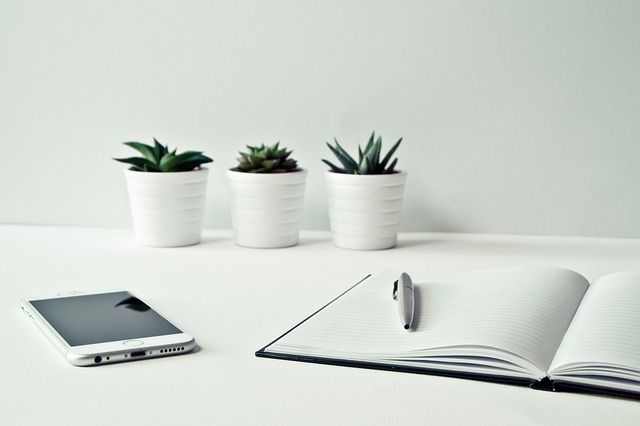
Discover the limitless potential of daily journaling with our expert-curated list of advanced techniques.
Unleash your creativity and explore new horizons as we delve into mind mapping, stream of consciousness writing, visual journaling, and more.
Ignite your inspiration with prompts and writing exercises, cultivate positivity through gratitude journaling, and gain valuable insights through reflective journaling.
With these top 10 techniques, you'll break through barriers, express yourself artistically, and experience the freedom to fully unleash your creative spirit.
Mind Mapping: Unlocking Your Creative Potential
Undoubtedly, mind mapping is a powerful tool that can unlock your creative potential and enhance your daily journaling practice.
By employing mindfulness techniques and engaging in creative exploration, mind mapping allows you to tap into your inner thoughts and ideas in a structured and visually appealing manner.
This technique involves creating a visual representation of your thoughts, connecting related ideas, and organizing your journal entries in a way that promotes clarity and insight.
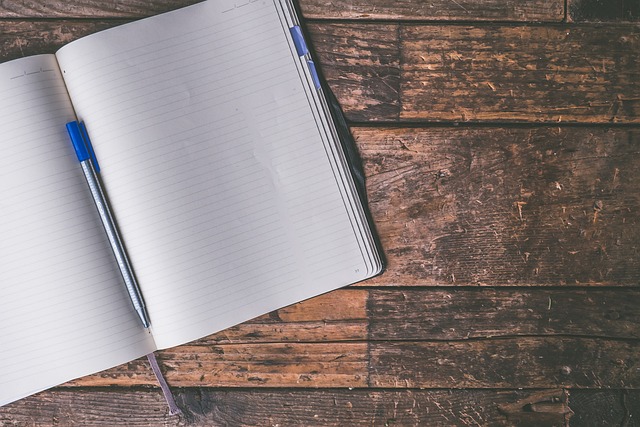
Mind mapping encourages you to think outside the box and explore new perspectives, ultimately leading to innovative and unique journal entries.
It is a flexible and adaptable technique that can be used in various areas of your life, from brainstorming new ideas to problem-solving and decision-making.
Stream of Consciousness Writing: Embrace the Flow
Stream of consciousness writing is a powerful technique that allows you to tap into the depths of your mind and unleash your creativity. By putting your thoughts on paper without any filters or self-editing, you give yourself the freedom to explore ideas and emotions that may have been hidden or ignored.
This unfiltered approach can lead to surprising insights and connections, unlocking your subconscious creativity in ways you never thought possible.
Unfiltered Thoughts on Paper
Engaging in the practice of unfiltered thoughts on paper allows one to fully embrace the flow of their stream of consciousness. This technique of journaling encourages individuals to write without censorship or judgment, giving them the freedom to express their thoughts and emotions authentically. By allowing thoughts to flow freely onto the pages, one can tap into their true feelings and experiences, fostering a sense of self-awareness and personal growth.
Journaling, in general, serves as a therapeutic outlet for processing emotions. Unfiltered thoughts on paper take this to another level by providing an opportunity to delve deeper into one's innermost thoughts and feelings. This practice allows for a cathartic release, as individuals can explore and confront difficult emotions, gaining clarity and understanding in the process.
To fully embrace the practice of unfiltered thoughts on paper, consider the following:
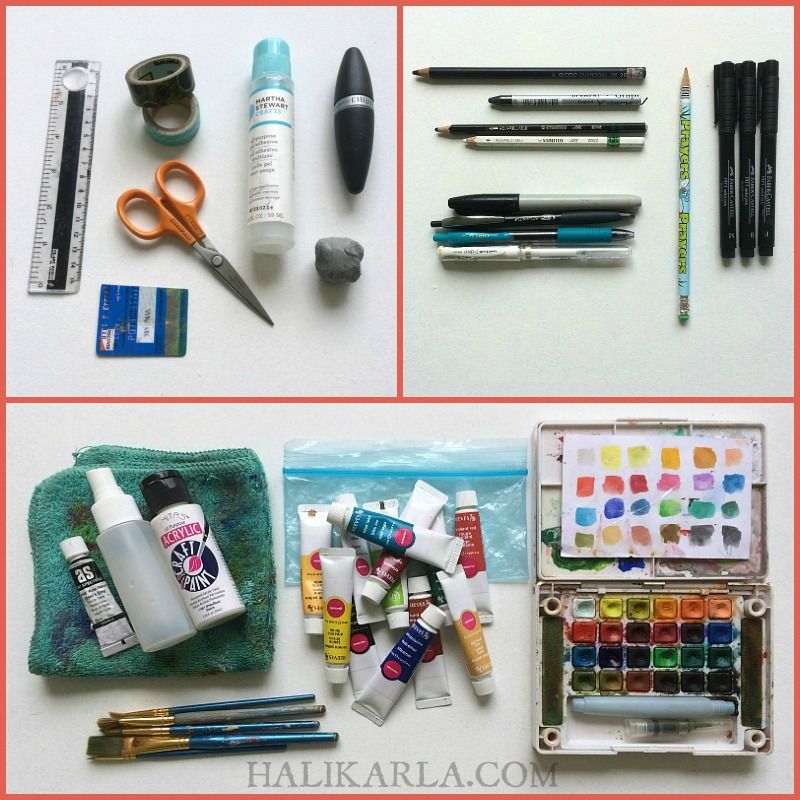
Create a judgment-free zone: Remember that this is a safe space for your thoughts. Allow yourself to be open and honest without fear of judgment.
Embrace the messiness: Don't worry about structure or grammar. Let your thoughts flow naturally, even if they seem chaotic or disorganized.
Unleashing Subconscious Creativity
Notably, one of the most effective techniques for unleashing subconscious creativity in daily journaling is through embracing the flow of stream of consciousness writing. This method involves letting your thoughts and ideas flow onto the page without judgment or censorship.
By allowing your mind to wander freely and writing down whatever comes to mind, you tap into the depths of your subconscious and uncover hidden insights and inspirations. Stream of consciousness writing is a powerful tool for subconscious exploration because it bypasses the logical mind and connects you directly with your intuition and creativity.
It allows you to access your authentic self and uncover new perspectives and ideas that may have been hidden beneath the surface. To practice this technique, simply start writing and let the words flow without interruption or self-editing. The key is to keep writing continuously, allowing your thoughts to lead the way.
Through this process, you will discover a treasure trove of ideas and insights that can fuel your creative endeavors.
Visual Journaling: Adding Color and Imagery to Your Entries
One effective way to enhance your journal entries is by incorporating various colors and imagery, allowing for a more visually appealing and immersive experience. Visual journaling offers a unique opportunity to explore symbolism and create visual narratives within your entries.
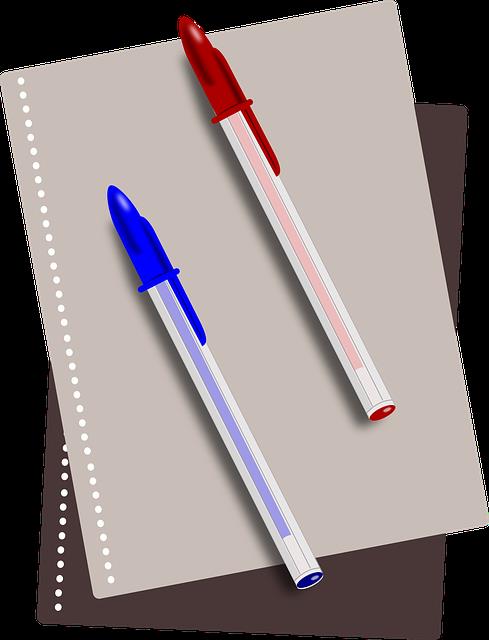
Here are two key techniques to consider:
Color Psychology: Experiment with different colors and their meanings to evoke specific emotions or moods in your journal. For example, using warm colors like red and orange can convey passion or energy, while cool colors like blue and green can evoke a sense of calmness or tranquility.
Collage and Mixed Media: Incorporate images, photographs, and other visual elements into your journal to add depth and texture. Collages allow you to combine different materials and create visual narratives that reflect your thoughts and feelings.
Prompts and Writing Exercises: Igniting Inspiration
Using thought-provoking writing prompts and engaging creative exercises can effectively spark inspiration and elevate the depth of your journal entries. Writing prompts are powerful tools that can help you overcome writer's block and generate new ideas. They provide a starting point for your thoughts and encourage you to explore different perspectives and emotions.
Whether it's a simple question, a quote, or a scenario, writing prompts can push you out of your comfort zone and lead to new insights and discoveries.
On the other hand, creative exercises such as freewriting, stream of consciousness writing, or using unconventional materials can help you tap into your subconscious mind and unleash your creativity. These exercises encourage you to let go of self-censorship and embrace the freedom to express yourself authentically.
Incorporating various materials and elements into your journaling practice can create visual stories that enhance the depth and richness of your entries. Collage techniques allow you to explore different materials and textures, adding layers of meaning to your journal pages. By incorporating photographs, magazine cutouts, fabric scraps, and other found objects, you can create a visual narrative that complements your written words.
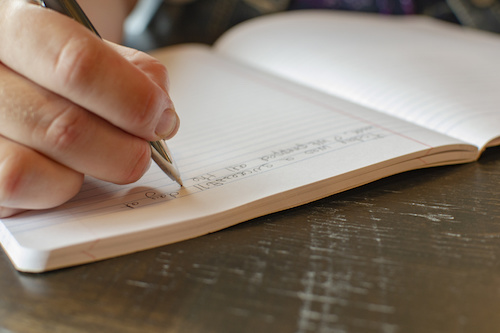
Mixed media experimentation takes this idea further by combining various art mediums in your journal. This can include using watercolors, acrylic paints, markers, and even collage elements together to create a dynamic and expressive composition. The possibilities are endless, and experimenting with different techniques and materials can help you discover new ways to express yourself and tell your story visually.
Letter Writing: Conversations With Yourself
The letter writing technique allows you to engage in meaningful conversations with yourself within the pages of your journal. It is a powerful self-reflection technique that can lead to self-discovery and personal growth.
Writing letters to yourself gives you the opportunity to explore your thoughts, feelings, and experiences in a private and non-judgmental space. By expressing your emotions and thoughts on paper, you can gain clarity and insight into your own desires, fears, and dreams.
These self-reflection techniques can help you uncover hidden patterns, identify areas for improvement, and set goals for personal development. Through letter writing, you can have a deep and honest conversation with yourself, allowing you to dive deeper into your own thoughts and emotions.
It is a valuable self-discovery exercise that can facilitate self-awareness and personal transformation.
Gratitude Journaling: Cultivating Positivity and Appreciation
An effective way to cultivate positivity and appreciation is through gratitude journaling. By consciously acknowledging and recording the things we are grateful for, we can shift our focus towards the positive aspects of our lives. Gratitude journaling not only helps us to appreciate the big achievements and milestones, but also encourages us to find joy in the little things.
Here are two sub-lists on how gratitude journaling can help in cultivating mindfulness and finding joy in the little things:

Cultivating mindfulness:
Promotes self-awareness and reflection.
Encourages us to be present and fully engaged in the present moment.
Finding joy in the little things:
Helps us to appreciate the small moments of happiness.
Fosters a sense of contentment and satisfaction in our daily lives.
Reflective Journaling: Gaining Insights and Self-Awareness
Reflective journaling is a powerful tool for gaining insights and self-awareness. By engaging in self-reflection, individuals can better understand their thoughts, emotions, and actions, leading to personal growth and development.
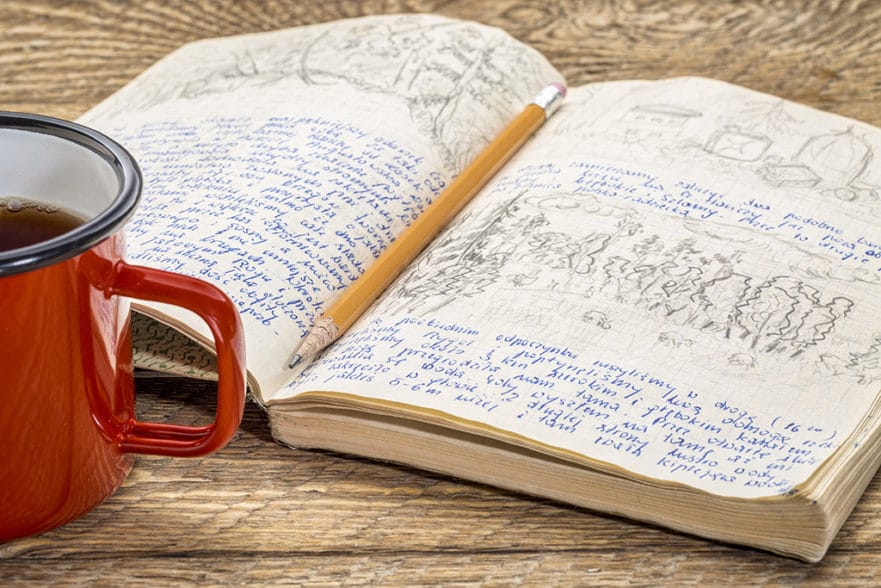
Journaling allows for introspection, providing a space to explore one's experiences and uncover patterns or insights that may have gone unnoticed.
Through reflective journaling, individuals can enhance their self-awareness skills, gaining a deeper understanding of themselves and their journey.
Benefits of Self-Reflection
Engaging in self-reflection through journaling allows individuals to gain valuable insights and develop a deeper sense of self-awareness. Journaling for personal growth has been used for centuries as a way to explore one's thoughts, emotions, and experiences. It serves as a form of therapy, providing individuals with a safe space to express themselves and process their feelings.
The benefits of self-reflection through journaling are numerous:
Clarity: Writing down thoughts and emotions helps to clarify and organize them, allowing individuals to gain a clearer understanding of themselves and their experiences.
Emotional release: Journaling provides a cathartic outlet for emotions, allowing individuals to release pent-up feelings and reduce stress.
Problem-solving: Through self-reflection, individuals can analyze challenges and develop effective strategies for problem-solving.
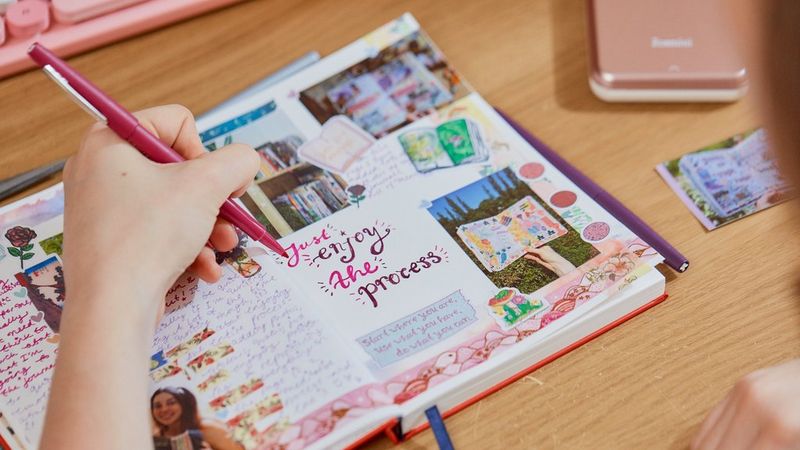
Self-discovery: Journaling allows individuals to explore their values, beliefs, and desires, leading to a deeper understanding of who they are and what they want from life.
Insights Through Journaling
Through regular practice of reflective journaling, individuals can gain valuable insights and develop a deeper sense of self-awareness. Journaling provides a safe space for individuals to explore their thoughts, emotions, and experiences. It allows them to reflect on their actions, decisions, and patterns, leading to a better understanding of themselves and their motivations.
One way to use journaling for gaining insights is by setting goals. By writing down their goals, individuals can clarify their desires and intentions. They can track their progress, identify obstacles, and brainstorm strategies to overcome them. Journaling helps them stay focused and accountable, enhancing their chances of success.
Another way to utilize journaling for self-care is to record and reflect on daily experiences. By writing about their feelings, challenges, and achievements, individuals can process their emotions and gain perspective. It provides an opportunity for self-reflection and self-expression, allowing individuals to nurture their mental and emotional well-being.
Enhancing Self-Awareness Skills
By practicing the technique of reflective journaling, individuals can enhance their self-awareness skills and gain valuable insights into their thoughts and behaviors. Reflective journaling involves taking the time to write down and reflect on personal experiences, emotions, and thoughts. This process allows individuals to cultivate mindfulness through journaling, as they become more aware of their mental and emotional states.
Through self-reflection, individuals can explore personal growth and gain a deeper understanding of themselves. Reflective journaling provides a safe space for individuals to express their thoughts and feelings without judgment, allowing them to explore their innermost thoughts and beliefs.
Artistic Expression: Sketching, Doodling, and Painting in Your Journal
While many people associate journaling with writing, artistic expression can also be achieved through sketching, doodling, and painting in your journal. These visual mediums allow you to tap into your creativity and explore a different form of self-expression.
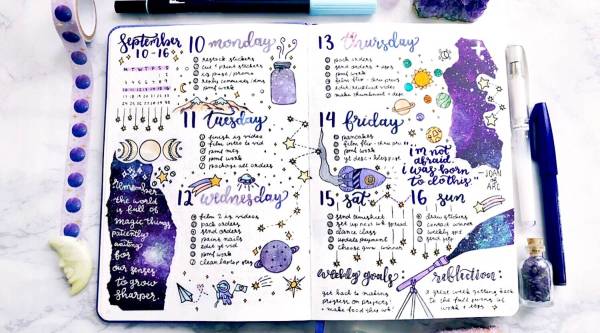
Sketching techniques can range from quick, loose sketches to more detailed and intricate drawings. Incorporating nature into your sketches can be a great way to connect with the world around you and infuse your journal with a sense of tranquility and beauty. Whether it's a delicate flower or a sprawling landscape, nature provides endless inspiration.
Doodling, on the other hand, is a more spontaneous and playful form of artistic expression. It allows you to let your imagination run wild and create whimsical patterns and designs.
Painting, with its vibrant colors and textures, adds depth and dimension to your journal pages. Experiment with different mediums, such as watercolors or acrylics, and let your inner artist emerge.
Freewriting: Breaking Through Writer's Block
When faced with writer's block, it can feel like an insurmountable obstacle to overcome.
However, one technique that can help break through this creative barrier is freewriting.
Freewriting allows you to flow with spontaneous ideas and write without self-judgment.
This enables you to tap into your creativity and unlock new possibilities in your writing.
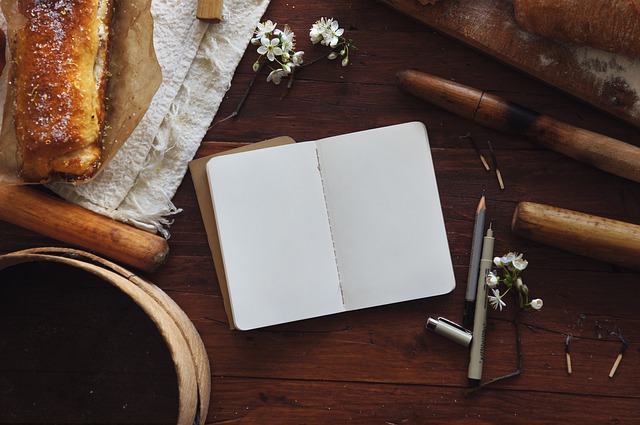
Overcoming Creative Obstacles
To overcome creative obstacles, such as writer's block, utilize the technique of freewriting to break through mental barriers and unleash your creativity. Freewriting is a powerful tool that allows you to let go of perfectionism and embrace the freedom of expression.
Here are two key strategies to help you overcome creative obstacles through freewriting:
- Finding inspiration:
- Set aside dedicated time for freewriting and create a conducive environment that inspires you.
- Explore different prompts, topics, or images to spark your imagination and get your creative juices flowing.
- Embracing imperfections:
- Remember that freewriting is a process of exploration and experimentation, not a finished product.
- Let go of self-judgment and embrace the imperfect nature of your writing. Allow yourself to make mistakes and take risks without fear of criticism.
By incorporating these strategies into your daily journaling practice, you can overcome creative obstacles and unlock a world of limitless possibilities.
Flowing With Spontaneous Ideas
Additionally, freewriting is an effective technique for breaking through writer's block and allowing spontaneous ideas to flow. When you find yourself stuck or lacking inspiration, freewriting can be the perfect remedy.
This creative journaling technique involves setting a timer and writing continuously without censoring or judging your thoughts. The goal is to let your mind wander and explore new territories without any restrictions.
By engaging in spontaneous brainstorming through freewriting, you can tap into your subconscious and unlock hidden ideas that may have been buried beneath the surface. It allows you to bypass self-doubt and perfectionism, enabling you to generate fresh and innovative concepts.
Embracing freewriting as part of your daily journaling practice can help you overcome writer's block and ignite your creativity in ways you never thought possible.
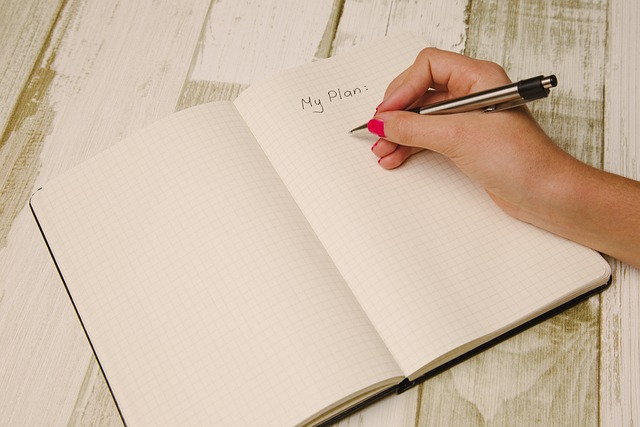
Writing Without Self-Judgment
During your daily journaling practice, you can effectively break through writer's block and unleash your creativity by writing without self-judgment through the technique of freewriting. Freewriting is a powerful tool that allows you to write with intention and explore your emotions without fear of judgment.
Here are two key benefits of writing without self-judgment:
Unleash Your Inner Voice: When you let go of self-judgment, your writing becomes more authentic and true to your thoughts and feelings. This allows your inner voice to emerge, bringing forth unique and creative ideas.
Explore Emotions: Writing without self-judgment creates a safe space for you to explore and express your emotions. By allowing yourself to write freely, you can dive deep into your feelings and gain a better understanding of yourself.
Frequently Asked Questions
How Do You Organize Your Thoughts and Ideas Before Starting Mind Mapping?
To effectively organize your thoughts and ideas before starting mind mapping, it is important to understand the benefits of mind mapping and employ effective techniques. This allows for a structured and creative approach to capturing and connecting ideas.
Stream of consciousness writing can indeed be used as a form of therapy. It allows individuals to freely express their thoughts and feelings, providing benefits such as increased self-awareness and emotional release. This alternative therapy method can be beneficial for those seeking creative and personal freedom.
What Are Some Tips for Beginners to Start Visual Journaling?
Visual journaling is a powerful tool for personal growth and self-expression. Beginners can start by experimenting with different artistic styles and techniques, allowing their creativity to flow freely. The benefits include enhanced self-awareness and a deeper connection with one's emotions.
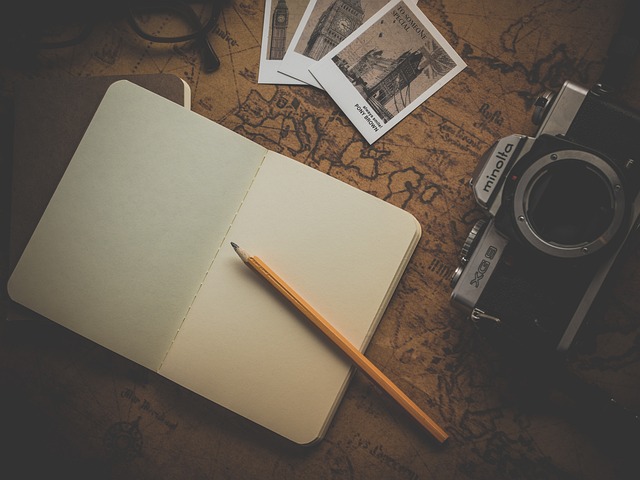
Where Can I Find Writing Prompts and Exercises to Inspire My Journal Entries?
Writing prompts and creative exercises can be found in various sources such as books, online platforms, and writing communities. These resources offer a plethora of ideas and inspiration to help unleash your creativity and enhance your journal entries.
Are There Any Specific Techniques or Materials Recommended for Creating Collages in Journals?
Collage techniques and recommended materials can enhance the creativity and visual appeal of journaling. Incorporating various materials like magazines, photographs, and found objects can result in unique and expressive collages that add depth to journal entries.
 Writing TipsCreative WritingJournalingSketching TechniquesBuying GuidesPrivacy PolicyTerms And Conditions
Writing TipsCreative WritingJournalingSketching TechniquesBuying GuidesPrivacy PolicyTerms And Conditions
